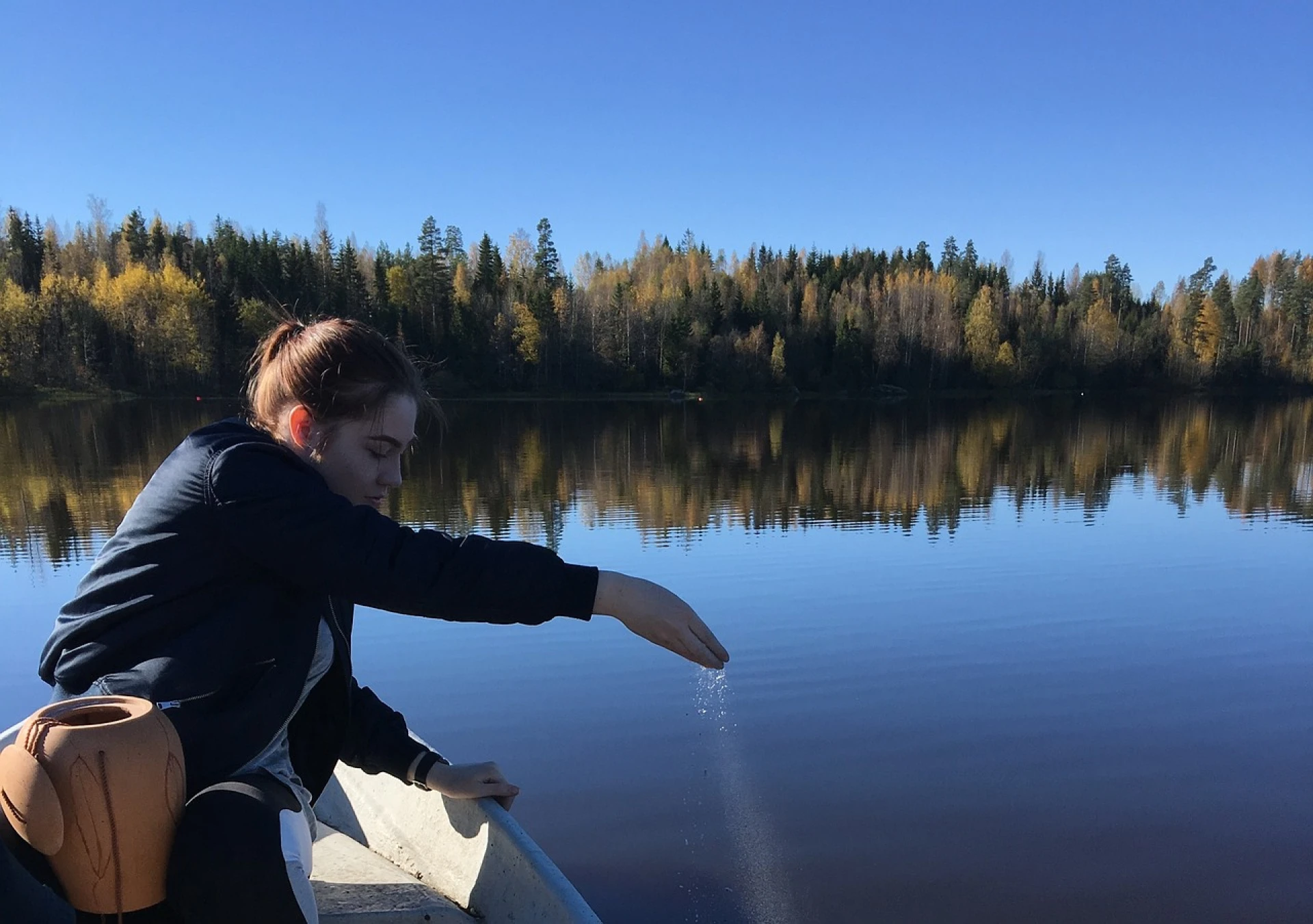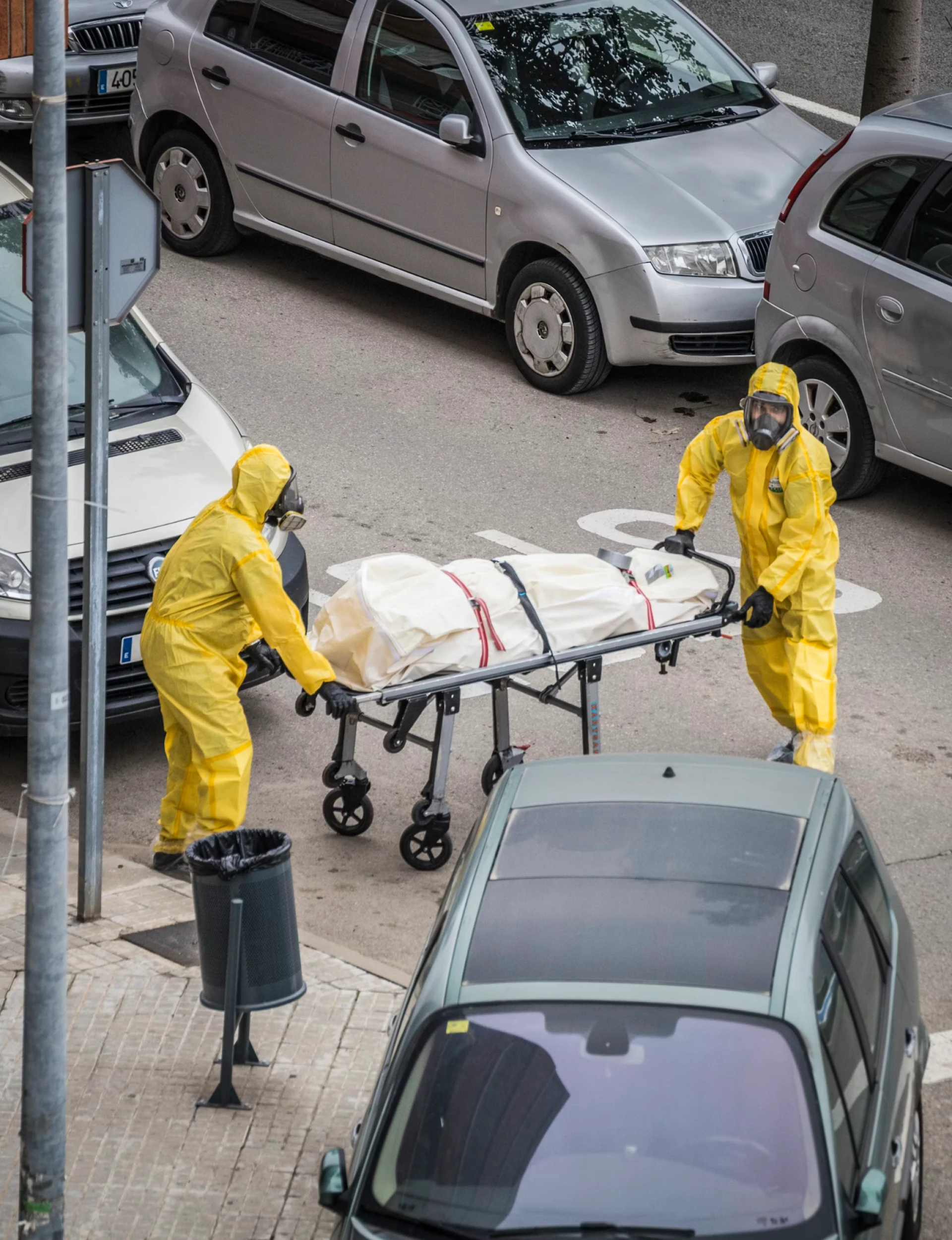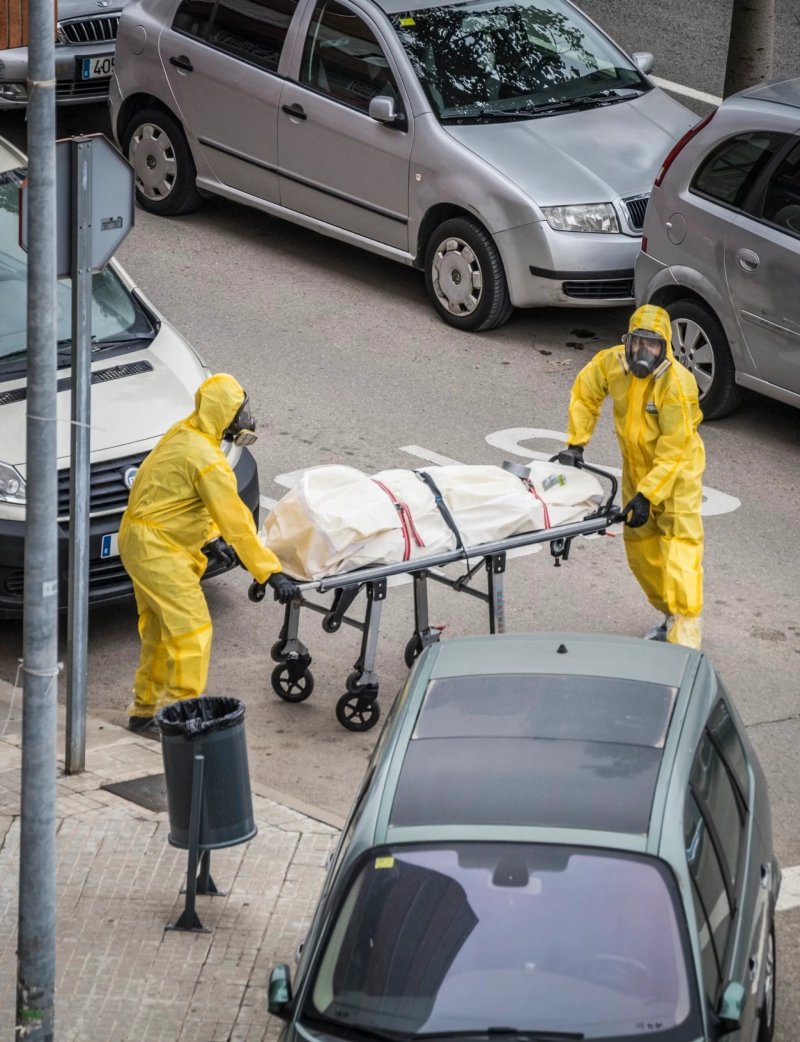Cremation has become an increasingly popular option for handling human remains. This article will explain cremation, how it is different from traditional burial, why it is generally cheaper, and what free cremation is, including how body donation to science works. Understanding these aspects can help you make better decisions about end-of-life arrangements.

What Is Cremation?
Cremation is a way of handling human remains in which the body is turned into ashes using very high heat. This happens in a special furnace called a crematorium. The body is placed in a container that can burn, and then it is exposed to high temperatures, which could range between 1,400 and 2,000 degrees Fahrenheit. After a few hours, the body is reduced to bone fragments, and only the ashes remain.
These ashes, also called cremains, are given back to the family. In many parts of the world, people usually spread the ashes in a garden or immerse them in holy water. Families can choose to keep them in an urn, scatter them in a special place, or use them in different types of memorials. Cremation offers flexibility regarding the final resting place and memorialization, which is why it has become more popular.

Cremation vs. Burial
Cremation and traditional burial are the two main methods for handling human remains. They have different procedures, meanings, and costs.
Burial:
- Procedure: The body is placed in a casket, which is then buried in the ground or placed in a mausoleum.
- Cultural Significance: Burials often have strong cultural, religious, and family importance. They can involve detailed ceremonies and provide a permanent gravesite for visiting and remembrance.
- Environmental Impact: Traditional burials can impact the environment by using materials that do not break down naturally, embalming fluids and the land needed for graves.
Cremation:
- Procedure: The body is turned into ashes through high heat in a crematorium.
- Cultural Significance: Cremation is accepted in many cultures and religions, though some may have specific rules or preferences.
- Environmental Impact: Cremation generally has a smaller environmental footprint than traditional burial, though it uses energy and releases emissions.

Why Is Cremation Cheaper Than Burial?
Cremation is usually cheaper than traditional burial for several reasons:
- No Need for a Casket: While families can choose to have a casket for a viewing or service, it’s not required for cremation. The body can be cremated in a simple, inexpensive container.
- No Burial Plot Required: With cremation, there is no need to buy a burial plot or pay for the grave to be dug and later maintained.
- No Embalming Process Needed: Embalming, which is the process of preserving the body for viewing, is often required for traditional burials but not for cremation.
- Simpler Services: Cremation allows for simpler and often less costly memorial services than traditional funerals and burial ceremonies.
These factors contribute to the lower overall cost of cremation compared to burial.
What Is Free Cremation?
Free cremation means that the cost of cremation is covered, often by certain programs or organizations. Here are some ways free cremation can be offered:
- Body Donation to Science: Some medical schools and research institutions offer free cremation if you donate your body to science. After they have used the body for research or education, the remains are cremated at no cost to the family and the ashes are returned. That’s a great way to save costs and also help science.
- Charitable Organizations: Some non-profit organisations provide free cremation services for needy families. The cremation might be funded through donations.
- Government Programs: In some cases, local governments may offer free cremation for individuals who cannot afford burial or cremation costs. It is expensive in many parts of the world.
Pros of Free Cremation
- Cost Savings: The most obvious benefit is the financial relief it provides. Funerals and burials can be expensive, and free cremation eliminates these costs.
- Helping Science: Donating a body to science can contribute to medical research and education, potentially benefiting future generations.
- Environmental Benefits: Cremation, in general, tends to be less harmful to the environment compared to traditional burial practices that use chemicals and non-biodegradable materials.
Cons of Free Cremation
- Limited Control: When you donate a body to science, there may be less control over how and when the cremation takes place.
- Emotional Considerations: Some families may feel uncomfortable with the idea of donation or may prefer a traditional burial for cultural or religious reasons.
- Availability: Free cremation services may not be available everywhere, and eligibility may vary by program or organization.
Body Donation to Science: A Thoughtful and Noble Idea
Donating a body to science is a specific type of free cremation. Here’s how it generally works:
- Pre-Registration: It is often helpful to pre-register with a medical school or research institution to ensure your wishes are known and arrangements can be made quickly after death.
- Use of the Body: After death, the body is transported to a medical school or research institution. There, it may be used for various educational or research purposes.
- Cremation and Return of Ashes: Once the institution has finished using the body, it is cremated at no cost to the family. The ashes are then returned to the family, usually within a year.
Summing Up
Choosing between cremation and burial is a personal decision that involves considering various factors, including cost, cultural or religious beliefs, and environmental impact. Cremation offers flexibility and affordability; free cremation options can provide significant financial relief. Understanding these options, including the possibility of body donation to science, can help you make the best decision for yourself and your loved ones.

